What is the best way to water my Paperplant?
Your Paperplant will not be too picky about how you choose to water it. As such, you can use just about any common watering tool to moisten this plant’s soil. Watering cans, hoses, and even cups will work just fine when it is time to water your Paperplant. Regardless of which watering tool you use, you should typically apply the water directly to the soil. In doing so, you should ensure that you moisten all soil areas equally to give all parts of the root system the water it needs. It can help to use filtered water, as tap water can contain particles that are harmful to plants. It is also beneficial to use water that is at or slightly above room temperature, as colder or hotter water can be somewhat shocking to the Paperplant. However, the Paperplant usually responds well to any kind of water you give it.
![more]()
What should I do if I water my Paperplant too much or too little?
For outdoor plants, especially newly planted plants or plant seedlings, they can be prone to lack of watering. Remember that you need to keep watering enough for a few months when the tree is small or just planted. This is because once the roots are established, Paperplant can rely on rain most of the time. When your Paperplant is planted in pots, overwatering is often more likely to.When you accidentally overwater your Paperplant, you should be prepared to remedy the situation immediately. First, you should stop watering your plant right away to minimize the effect of your overwatering. After, you should consider removing your Paperplant from its pot to inspect its roots. If you find that none of the roots have developed root rot, it may be permissible to return your plant to its container. If you do discover signs of root rot, then you should trim away any roots that have been affected. You may also want to apply a fungicide to prevent further damage. Lastly, you should repot your Paperplant in soil that is well-draining. In the case of an underwatered Paperplant, simply water this plant more frequently. Underwatering is often an easy fix. If you underwater, the plant's leaves will tend to droop and dry out and fall off, and the leaves will quickly return to fullness after sufficient watering. Please correct your watering frequency as soon as underwatering occurs.
![more]()
How often should I water my Paperplant?
Most plants that grow naturally outdoors can be allowed to grow normally with rainfall. If your area lacks rainfall, consider giving your plants adequate watering every 2 weeks during the spring and fall. More frequent watering is needed in summer. In winter, when growth becomes slower and plants need less water, water more sparingly. Throughout the winter, you may not give it additional watering at all. If your Paperplant is young or newly planted, then you should water more frequently to help it establish, and mature and grow up to have more adaptable and drought tolerant plants. For potted plants, there are two main ways that you can determine how often to water your Paperplant. The first way is to set a predetermined watering schedule. If you choose this route, you should plan to water this plant about once every week or once every other week. However, this approach may not always work as it does not consider the unique conditions of the growing environment for your Paperplant . Your watering frequency can also change depending on the season. For instance, a predetermined watering schedule will likely not suffice during summer when this plant's water needs are highest. An alternative route is to set your watering frequency based on soil moisture. Typically, it is best to wait until the first two to four inches of soil, usually ⅓ to ½ depth of the pots, have dried out entirely before you give more water.
![more]()
How much water does my Paperplant need?
When it comes time to water your Paperplant, you may be surprised to find that this plant does not always need a high volume of water. Instead, if only a few inches of soil have dried since your last watering, you can support healthy growth in the Paperplant by giving it about five to ten ounces of water every time you water. You can also decide your water volume based on soil moisture. As mentioned above, you should note how many inches of soil have dried out between waterings. A surefire way to make sure your Paperplant gets the moisture it needs is to supply enough water to moisten all the soil layers that became dry since the last time you watered. If more than half of the soil has become dry, you should consider giving more water than usual. In those cases, continue adding water until you see excess water draining from your pot’s drainage holes. If your Paperplant is planted in an area that gets plenty of rain outdoors, it may not need additional watering. When the Paperplant is young or just getting established, make sure it gets 1-2 inches of rain per week. As it continues to grow and establish, it can survive entirely on rainwater and only when the weather is hot and there is no rainfall at all for 2-3 weeks, then consider giving your Paperplant a full watering to prevent them from suffering stress.
![more]()
How can I tell if i'm watering my Paperplant enough?
Overwatering is a far more common problem for the Paperplant, and there are several signs you should look for when this occurs. Generally, an overwatered Paperplant will have yellowing leaves and may even drop some leaves. Also, overwatering can cause the overall structure of your plant to shrivel and may also promote root rot. On the other hand, an underwatered Paperplant will also begin to wilt. It may also display leaves that are brown or brittle to the touch. Whether you see signs of overwatering or underwatering, you should be prepared to intervene and restore the health of your Paperplant.
![more]()
How can I water my Paperplant at different growth stages?
When the Paperplant is very young, such as when it is in a seedling stage, you will need to give it more water than you would if it were at a mature age. During the early stages of this plant’s life, it is important to keep the soil consistently moist to encourage root development. The same is true for any Paperplant that you have transplanted to a new growing location. Also, the Paperplant can develop showy flowers and fruits when you give them the correct care. If your Paperplant is in a flowering or fruiting phase, you will likely need to give a bit more water than you usually would to support these plant structures.
![more]()
How can I water my Paperplant through the seasons?
The seasonal changes will affect how often you water your Paperplant. Mainly, during the hottest summer months, you will likely need to increase how much you water this plant, especially if it grows in an area that receives ample sunlight. Strong summer sunlight can cause soil to dry out much faster than usual, meaning that you’ll need to water more frequently. By contrast, your Paperplant will need much less water during the winter, as it will not be in an active growing phase. During winter, you can get by with watering once every 2 to 3 weeks or sometimes not at all. For those growing this plant indoors, you should be somewhat wary of appliances such as air conditioners, which can cause your plant to dry out more quickly, which also calls for more frequent watering.
![more]()
What's the difference between watering my Paperplant indoors vs outdoors?
In some cases, your Paperplant may not need any supplemental watering when it grows outside and will survive on rainwater alone. However, if you live in an area of little to no rain, you should water this plant about every two weeks. If you belong to the group of people who live out of this plant's natural hardiness zone, you should grow it indoors. In an indoor setting, you should monitor your plant's soil as it can dry out more quickly when it is in a container or when it is exposed to HVAC units such as air conditioners. Those drying factors will lead you to water this plant a bit more often than if you grew it outdoors.
![more]()
Do I need to prune my Paperplant?
The Paperplant is a low-maintenance, winter-hardy, and drought-resistant evergreen perennial plant. This means it can thrive almost anywhere. This unique plant grows well indoors, as well as in many outdoor environments. To keep yours in good health, it’s recommended that you prune it only as needed to control growth and maintain shape. This popular shurb can take up quite a bit of room if left to grow freely. Given enough time, it can be pruned to grow into a small tree. Paperplant is very resilient and learning how to prune them is easy.
![more]()
When is the best time to prune my Paperplant?
A lot of new gardeners shy away from pruning the Paperplant because they’re afraid to cut too much. Luckily, Paperplant is generally considered to be among the easier and more forgiving plants to prune since regrowth appears quite quickly. Although these perennials are relatively fast-growing, you only need to prune when you spot unsightly overgrowth or damaged leaves. In other words, if your Paperplant starts to look uneven or damaged, it may be a good time to prune. If you want to control the size of Paperplant, you need to do a strong pruning in winter time, and you can prune to the shape you want. If the shape is appropriate and only small-scale shaping is needed (pruning no more than 1/4 of the total size of the plant), it can be done in summer or autumn. When Paperplant is growing, if there are yellowing leaves and diseased leaves, prune off the yellowing leaves at the bottom and the parts of the leaves that have spots due to disease infection, which can effectively reduce the infection. If the number of leaves with spots is relatively large, the number of pruned leaves should not exceed a quarter of the total to avoid affecting the growth of Paperplant.
![more]()
What should I do after pruning my Paperplant?
When pruning your Paperplant, always use freshly cleaned shears to prevent the possibility of cross-contamination from other plants. The Paperplant has a high tolerance for drought and cold weather, and can even survive irregular watering schedules for short periods. When grown indoors, it prefers temperatures between 65 and 75 °F and should be kept away from air conditioning drafts to prevent discoloration, leaf fall, and other damage.
![more]()
How should I prune my Paperplant during different seasons or stages of growth?
The good news is that these plants have a medium growth rate which means they cycle through growth stages fairly quickly. Once your plant matures, you can follow normal pruning methods. Paperplant is mainly used for leaf viewing, flowers have no ornamental value and will consume nutrients, you can prune the flowers when the plant is in bloom and concentrate the nutrients for the growth of the leaves. If you want to control the size of Paperplant, you need to do a strong pruning in winter time, and you can prune to the shape you want. If the shape is appropriate and only small-scale shaping is needed (pruning no more than 1/4 of the total size of the plant), it can be done in summer or autumn. When Paperplant is growing, if there are yellowing leaves and diseased leaves, prune off the yellowing leaves at the bottom and the parts of the leaves that have spots due to disease infection, which can effectively reduce the infection. If the number of leaves with spots is relatively large, the number of pruned leaves should not exceed a quarter of the total to avoid affecting the growth of Paperplant.
![more]()
What tools, techniques and tricks should I use when pruning my Paperplant?
Before getting started, it’s best to have a plan. Try to visualize the basic shape and style of how you want your plant to look. Having a goal in mind will help you choose what pruning method and tools to use. Once you have an idea of how you want it to look, it’s time to get ready to prune. Tools Sharp scissors or a pair of hand pruners work great when pruning your Paperplant. However, if you keep your Paperplant outdoors or allow it to grow freely, you may need a tree pruner to reach higher leaves. How to prune When learning how to prune your Paperplant, factors like growth stage, climate, and the current season will give you clues about your plant's pruning needs. Additionally, how you want your plant to look is another thing to consider. If you want to control the size of Paperplant, you need to do a strong pruning in winter time, and you can prune to the shape you want. For example, if you want your plant to be short and round, cutting from the top and pruning any leggy parts will be your best bet. If you want a tall, slender appearance, cut from the bottom and sides to limit the spread of growth to encourage vertical growth. If the shape is appropriate and only small-scale shaping is needed (pruning no more than 1/4 of the total size of the plant), it can be done in summer or autumn. To simplify the process, here are a few tips to remember: Leave the main stalk in place and trim around it. Trim off any dead or unhealthy-looking branches and remove or cut any “suckers” Use shears, scissors, or your fingers to cut or pinch just below the bud, branch, or stem.
![more]()
What are common problems when pruning my Paperplant and how can I fix them?
One major concern when it comes to pruning the Paperplant is the possibility of mites, disease, and infection from the laceration left behind after pruning. This can be lessened by pruning at an angle and monitoring the site until healed. Additionally, taking special care to not overwater to prevent the soil from becoming too damp can minimize the risk of spider mites and aphids.
![more]()
How many hours of sunlight does Paperplant need to grow?
Unlike plants that require full, indirect sunlight, tropical herbs that prefer full shade need very little direct sunlight to grow. These plants typically require only a few hours of indirect light each day to thrive. While you should still place your full shade tropical herb near a window, it's important to ensure that the plant is never exposed to too much sunlight. If you're growing your full shade tropical herb indoors, you can provide it with the necessary light by placing it near a north-facing window or by using a grow light. A fluorescent or LED grow light can help mimic the soft, dappled light that your plant would receive in its natural environment.
![more]()
What will happen if Paperplant doesn’t get enough sunlight?
If your full shade tropical herb isn't getting enough sunlight, it may become leggy and weak. The leaves may also start to yellow and drop off, and the plant may stop growing. If you notice any of these signs, try moving your plant to a brighter location or providing it with additional light. Be careful not to expose the plant to direct afternoon sunlight, as this can cause sunburn.
![more]()
What will happen if Paperplant gets too much sunlight?
Tropical herbs that prefer full shade can be extremely sensitive to direct sunlight. If your plant is exposed to too much light, the leaves may start to turn yellow or brown and may eventually drop off. Additionally, the plant may become stunted and stop growing. If you notice any signs of sunburn or overexposure to light, move your plant to a shadier location or provide it with additional shade. In conclusion, understanding the sunlight requirements of your tropical herbs is crucial to keeping them healthy and happy. Full shade tropical herbs require only a few hours of indirect light each day to thrive, and ensure that the plant is never exposed to too much sunlight. By providing your plant with the right amount of light and shade, you can help ensure that it grows strong and healthy.
![more]()
What is the optimal temperature for Paperplant?
Colder temperatures can affect plants since they have the same temperature as the air around them. When they are exposed to the sun, they can start to get warm again, but this is not the case during winter. The temperature range for the Paperplant is often 70~85℉(21~30℃). They might tolerate 20~30℉(-6~0℃) even 15℉(-10℃), but not for long since this can result in frost damage. Maximum temperatures should be around 70~85℉(21~30℃), but make sure that you spray them with water from time to time and give them some shade to prevent wilting.
![more]()
Should I adjust the temperature for Paperplant during different growing phases?
Do some research and make sure that the temperature is right when growing Paperplant. Some growers might consider decreasing the plants' thermostats during the growing season to reduce HVAC costs. However, it's vital to understand that the temperature can affect the flowering, pest management, and quality of the plants. There will be a temperature point where the Paperplant will stop growing, and this can happen during the winter when some species might go into a dormant state. The base temperature becomes warmer when the season changes and the Paperplant can grow faster. The species that are naturally growing in warm habitats have higher optimum temperatures when you compare them to the ones that thrive in a cooler climate. When the seeds of Paperplant are exposed to cool temperatures, this can cause a decrease in uniformity and delays. You might also want to lower the temperature during flowering but not at other phases. Cooler temperatures at night will also require less water, so adjust the irrigation as needed.
![more]()
How can I keep Paperplant warm in cold seasons?
Stop fertilizing the plant to avoid new growth and allow the old ones to become hardy. This way, they can endure colder temperature when it begins to drop. To keep them warm, you can build structures around the Paperplant like cages or trellises. There are also options to use heat mats that can gently warm the soil since they can consistently maintain an ideal temperature range for the Paperplant.
![more]()
How can I save Paperplant from temperature damage?
During winter, you can protect the Paperplant from frost by covering it with cloths, tarps, burlaps, sheets, or plastic buckets. Make sure to keep them down so they continue to act as insulators and the wind will not blow them away. However, ensure that the plastic sheets or burlap covers should not touch any part of the fruit or foliage, or the cold temperatures can transfer to the material and cause burns. When the temperatures begin to rise during the daytime, remove the covers.
![more]()
Should I adjust the temperature for Paperplant in different seasons?
When growing the Paperplant in spring, you might want to increase humidity since the air temperature tends to be cooler at this time. A dry temperature can be a stressful growing environment for various species, which can help. If summer arrives, the large cover of the greenhouse and the warm temperature will mean that there will be a higher humidity level in the air. Some signs to look for are the condensation that is often found on the walls of the greenhouse, and this can cause issues with pollination and the development of infections when the water begins to fall on the leaves. Make adjustments according to the temperature and do some spraying during the hotter days of the year.
![more]()
What damage will Paperplant suffer if the temperature is too high/low?
Generally, the first cold snap can destroy the Paperplant and others might go into a dormant state when the temperature is low. Some plants can get chilled when the temperatures range from 20~30℉(-6~0℃). They can freeze when the temperature begins to drop below 32℉(0℃). Those species that hide most of their parts under the soil might lose their structures above ground, but they can recover in spring. Some of the associated issues with too low temperatures are the lack of availability of resources like water, and nutrients, and those subtropical plants can suffer when the temperature reaches below 20℉(-6℃). The plants can also get damaged because of extreme heat stress when it's too high. This can reduce the transpiration rate that can affect the growth and productivity of Paperplant.
![more]()
What tips and cautions should I keep in mind when it comes to temperature for Paperplant?
You need to cover the plants at night since these can add about 5 degrees more to protect the species from frost and freezing temperatures. The cloth rows can work well as blankets and ensure that there are no openings where the heat could escape. When using the covers, avoid the plastic from touching the foliage because this can cause the Paperplant to freeze. Remember to keep the covers during the day and stop using heat pads during the summer. It will always be worth the effort to protect the cold-intolerant plants from freezing temperatures to help them survive.
![more]()
How can I keep Paperplant warm without a heat pad?
If you prefer not to use a heat pad, bring the Paperplant inside, especially if it's freezing outdoors. During spring, consider the ones you need to bring indoors and plant them in moveable pots and containers.
![more]()
How can I provide Paperplant with an adequate temperature condition?
Most often, the ones caring for the Paperplant will grow them in greenhouses. This is because they can provide adequate temperature in these areas that won't affect the photosynthesis process of a specific process. Some install the proper HVAC systems to control the temperatures of Paperplant. This can handle many species' cooling and heating needs, especially during the summer and winter. They generally place the cooling or heating pad under the plants rather than above to achieve their desired temperatures. If outdoors, you can protect the Paperplant from frost by covering it with cloths, tarps, burlaps, sheets, or plastic buckets.
![more]()
Under what conditions should I stop adjusting the temperature for Paperplant?
Heat mats are often left on Paperplant to set the temperatures at a more consistent level. When the weather becomes warmer during the day, you can remove them, especially if the species are exposed to the sun. Put the pads away once the plants are established and when they start growing flowers and fruits.
![more]()
Why do I need to fertilize my Paperplant?
Regardless of which kind of Paperplant you own, regular fertilization will help you grow a plant that has great overall health. The proper supply of nutrients leads to more vigorous growth and can help your Paperplant be more resilient to tough growing conditions while also gaining a better ability to fight off diseases and pests. The foliage of your Paperplant is one of its most attractive features, which is why you should do all you can to keep it intact. Again, this means creating and adhering to a regular fertilization schedule that is specific to your Paperplant. Doing so will prompt your Paperplant to develop leaves with a deep color and a lush overall look.
![more]()
When is the best time to fertilize my Paperplant?
The first time that you should fertilize your Paperplant is during the late winter or early spring. This type of fertilization gives your Paperplant all the nutrients it needs to resume healthy growth once the weather gets warm enough. It is also beneficial to many Paperplant to provide an additional fertilizer feeding during early fall if you in a warm climate region. Fertilizing in early fall not only adds additional nutrients to the soil, which your Paperplant will use in the following growing season, but it also helps your Paperplant be a bit more hardy and capable of surviving the winter cold without experiencing foliage damage. Earlier fertilisation will ensure that the new branches have enough time to grow to withstand the cold winter.
![more]()
When should I avoid fertilizing my Paperplant?
There are a few times during the year when you should not fertilize your Paperplant. The first time occurs during the early and mid-winter months, during which time your Paperplant will be dormant and in no need of feeding. It is also unwise to fertilize this plant during the late spring and all of the summer. During that time of year, the weather will likely be hotter and can be much dryer as well. Both conditions make it more likely that your Paperplant will have a very negative response to fertilization. To avoid such issues, stick to a fertilization schedule that involves feeding exclusively during early spring and early fall.
![more]()
What type of fertilizer does my Paperplant need?
In most cases, the most important nutrient for a Paperplant is nitrogen, but that does not mean that phosphorus and potassium are unimportant. On the contrary, your Paperplant likely needs a decent amount of all three main nutrients, which is why a balanced fertilizer, such as a 10-10-10, can work well. However, a more nuanced ratio of nutrients often leads to optimal growth for a Paperplant. Often, fertilizers that are a bit higher in nitrogen work a bit better. For example, a ratio of 10-6-4 can often work well. When fertilizing, you can use a granular fertilizer or a liquid-based one.
![more]()
How do I fertilize my Paperplant?
To fertilize your Paperplant using a granular fertilizer, all you need to do is sprinkle the fertilizer on the soil at the correct time. The slow-release nature of granular fertilizer will release nutrients into the soil slowly over time. As is usually the case, it's best to water your Paperplant, at least lightly, before applying fertilizer. As an alternative, you can use a liquid fertilizer, but this is less common. To use this approach, mix your fertilizer with water, then pour the water onto the soil around the base of your Paperplant. At times, it is beneficial to perform a soil test before fertilizing to see if you will need to alter the pH at all.
![more]()
What happens if I fertilize my Paperplant too much?
Overfertilization is always a risk when you are feeding a Paperplant. Overfertilization is especially likely if you feed this plant at the wrong time of year, feed it too often, or feed it without watering the soil first. When overfertilization takes place, your Paperplant may begin to develop brown leaves. Your Paperplant can also show stunted growth in some cases. On the other hand, it is also possible that too much fertilizer can prompt your Paperplant to rapidly produce too much new growth, much of which will be weak and prone to breaking. Weak new wood can also detract from the overall form and structure of your Paperplant.
![more]()
















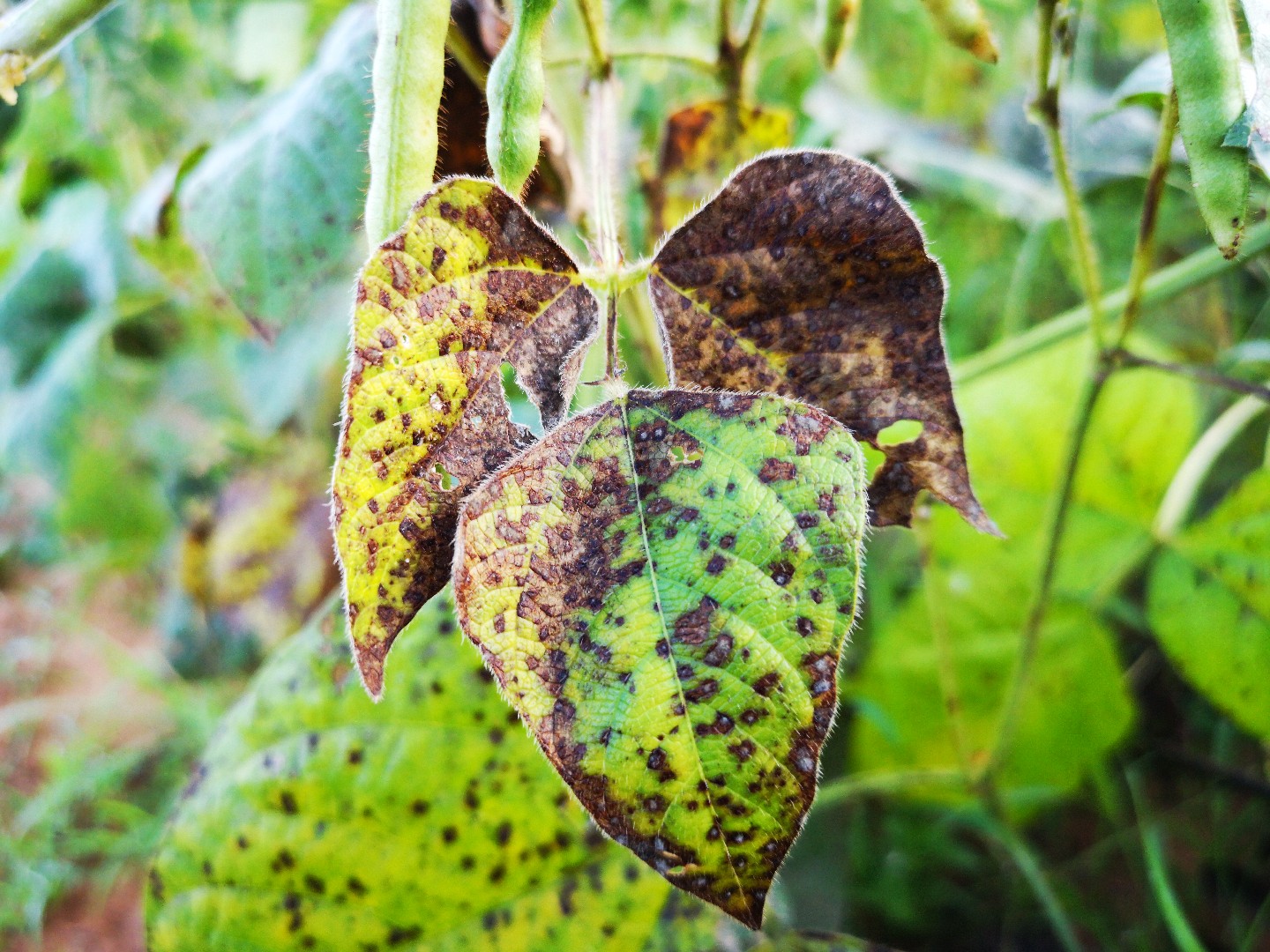
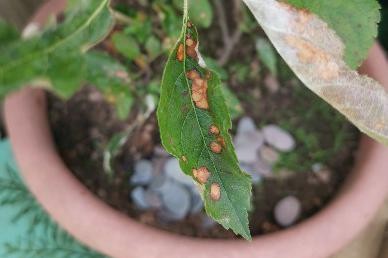
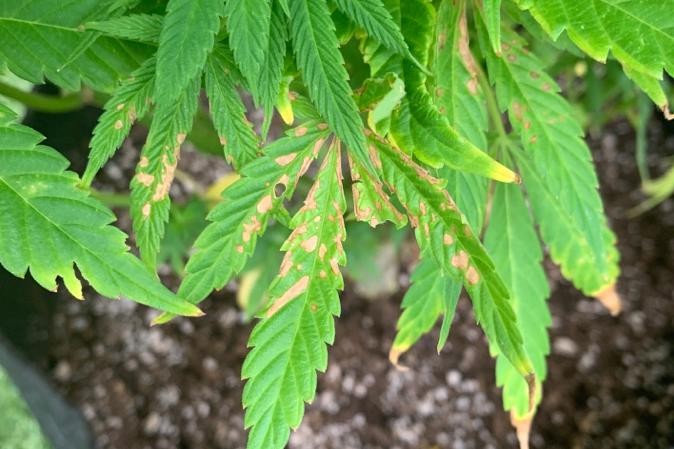
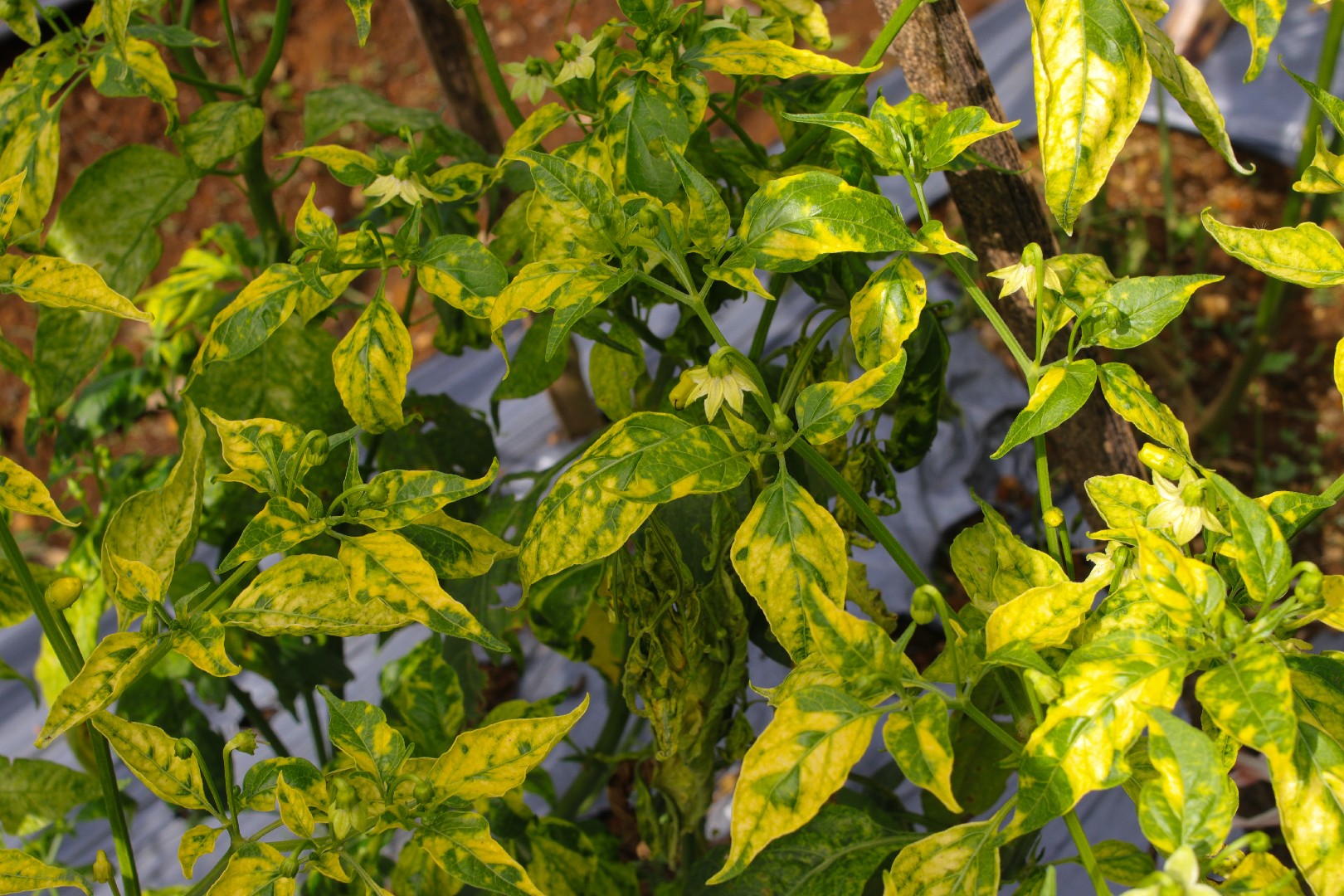
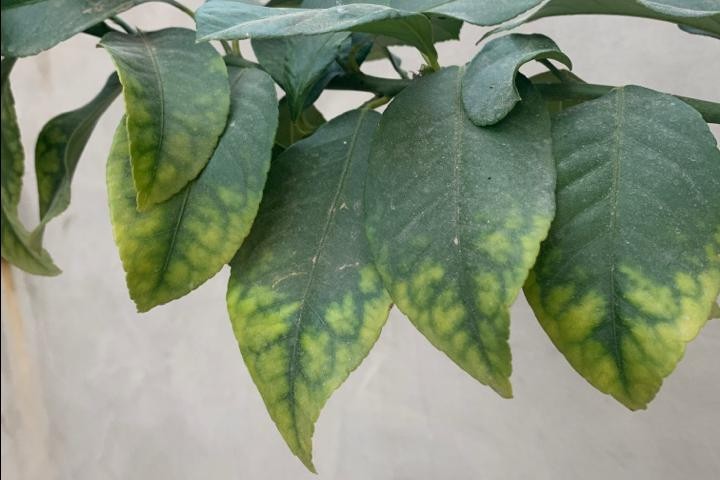
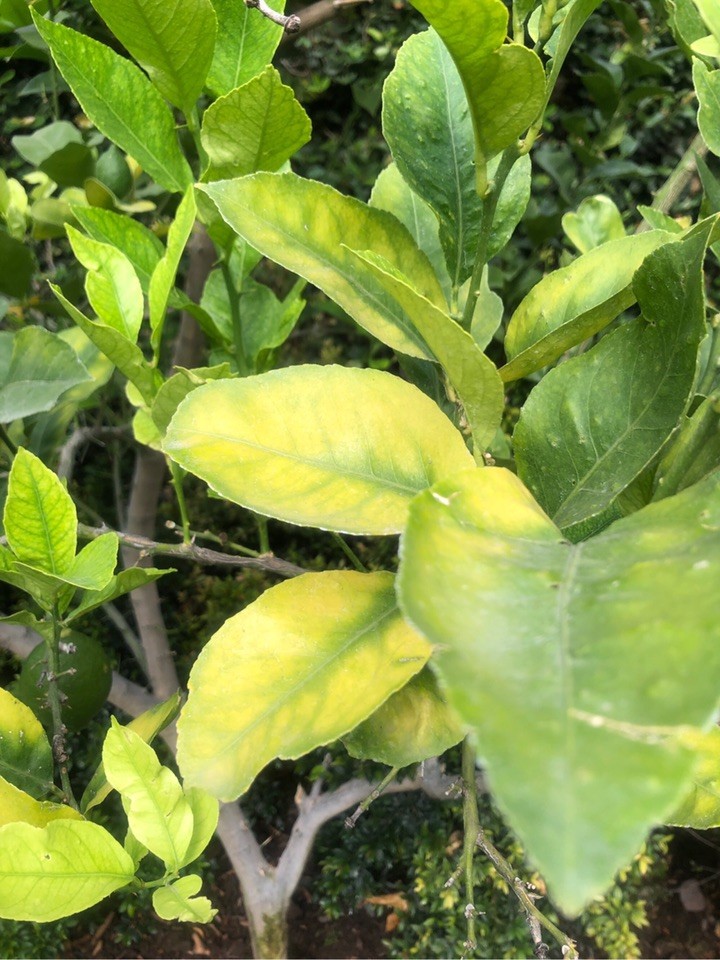























 Watch how sunlight gracefully moves through your garden, and choose spots that provide the perfect balance of light and shade for your plants, ensuring their happiness.
Watch how sunlight gracefully moves through your garden, and choose spots that provide the perfect balance of light and shade for your plants, ensuring their happiness. 








